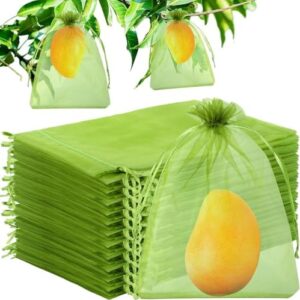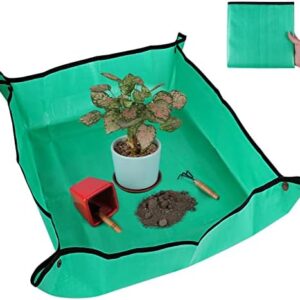Have you ever looked out into your backyard and wished it was a more inviting space for wildlife? With just a few simple changes, you can transform your outdoor area into a haven for birds, bees, butterflies, and other creatures. Not only will this create a beautiful and peaceful environment for you to enjoy, but it will also help support the local ecosystem and contribute to the overall health of the environment.
One of the first steps in creating a wildlife-friendly garden is to provide a variety of plants that offer food and shelter for different species. Native plants are particularly beneficial, as they are well-suited to the local climate and soil conditions, making them more likely to thrive and attract a diverse range of wildlife. Research which plants are native to your area and choose a mix of trees, shrubs, and flowers to create a balanced ecosystem.
When selecting plants for your garden, consider their blooming times to ensure there is a constant food source for pollinators throughout the year. Bees, butterflies, and other insects rely on nectar and pollen from flowers for sustenance, so planting a mix of early, mid, and late blooming species can help support these vital pollinators. Additionally, include plants with a variety of heights and structures to provide shelter and nesting sites for birds and small mammals.
In addition to planting a diverse range of vegetation, it is important to provide water sources for wildlife in your garden. This can be as simple as setting out a birdbath or creating a small pond or rain garden. Water is essential for all living creatures, and having a reliable source of clean water can attract a wide range of wildlife to your backyard. Consider adding a few rocks or logs to your water feature to provide landing spots for birds and other animals.
Another key aspect of creating a wildlife-friendly garden is to limit the use of chemicals and pesticides. These can harm beneficial insects, birds, and other wildlife, as well as disrupt the delicate balance of the ecosystem. Instead, opt for natural and organic methods of pest control, such as companion planting and hand-picking pests. By encouraging a healthy and balanced environment, you can reduce the need for harmful chemicals and create a safer space for wildlife to thrive.
In addition to providing food, water, and shelter for wildlife, consider adding specific features to attract certain species to your garden. For example, installing bird feeders and nesting boxes can encourage birds to visit and potentially raise their young in your backyard. Similarly, planting milkweed can attract monarch butterflies and provide a vital food source for their caterpillars. By tailoring your garden to the needs of specific species, you can attract a diverse range of wildlife and create a rich and vibrant ecosystem.
Creating a wildlife-friendly garden is not only beneficial for the animals that inhabit it, but also for your own enjoyment and well-being. Watching birds flit from tree to tree, butterflies dance among the flowers, and bees buzzing from bloom to bloom can bring a sense of peace and connection to the natural world. By taking the time to create a haven for wildlife in your backyard, you can cultivate a deeper appreciation for the beauty and wonder of the world around you.
In conclusion, creating a wildlife-friendly garden is a rewarding and fulfilling endeavor that can benefit both you and the creatures that call your backyard home. By planting a diverse range of native plants, providing water sources, avoiding chemicals, and tailoring your garden to specific species, you can transform your outdoor space into a thriving ecosystem. Whether you have a small urban garden or a sprawling rural landscape, there are countless ways to invite wildlife into your backyard and create a haven for nature to flourish. So roll up your sleeves, grab your gardening tools, and get ready to welcome a host of wonderful creatures into your outdoor sanctuary.






